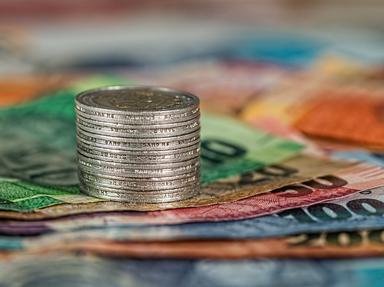14. Since decimalization, the Australian currency has been the Dollar. However, what name, reflecting his personal inclinations towards England, was proposed by then Australian Prime Minister, Sir Robert Menzies?
From Quiz Making a note downunder - Australian Banknotes
Answer:
Royal
Robert Menzies was Australian Prime Minister from 1939 to 1941 and again from 1949 to 1966 and was an ardent royalist. He famously said "I did but see her passing by, and yet I love her till I die", referring to Queen Elizabeth II (the quote is actually from a 1607 poem by Thomas Ford). When the push for decimalization became very strong in the late 1950s and early 1960s, the Liberal Government of Menzies (with Treasurer and future PM Harold Holt) pushed the 'Royal' as the name for the new currency to reflect the close links between the two countries. However, this met a lot of public disapproval and eventually the government relented and 'Dollar' was chosen ahead of other options, including some like 'Digger' and 'Boomer' emanating from a public poll.




 Quick Question
Quick Question = Top 5% Rated Quiz,
= Top 5% Rated Quiz,
 Top 20% Rated Quiz,
Top 20% Rated Quiz,
 A Well Rated Quiz
A Well Rated Quiz